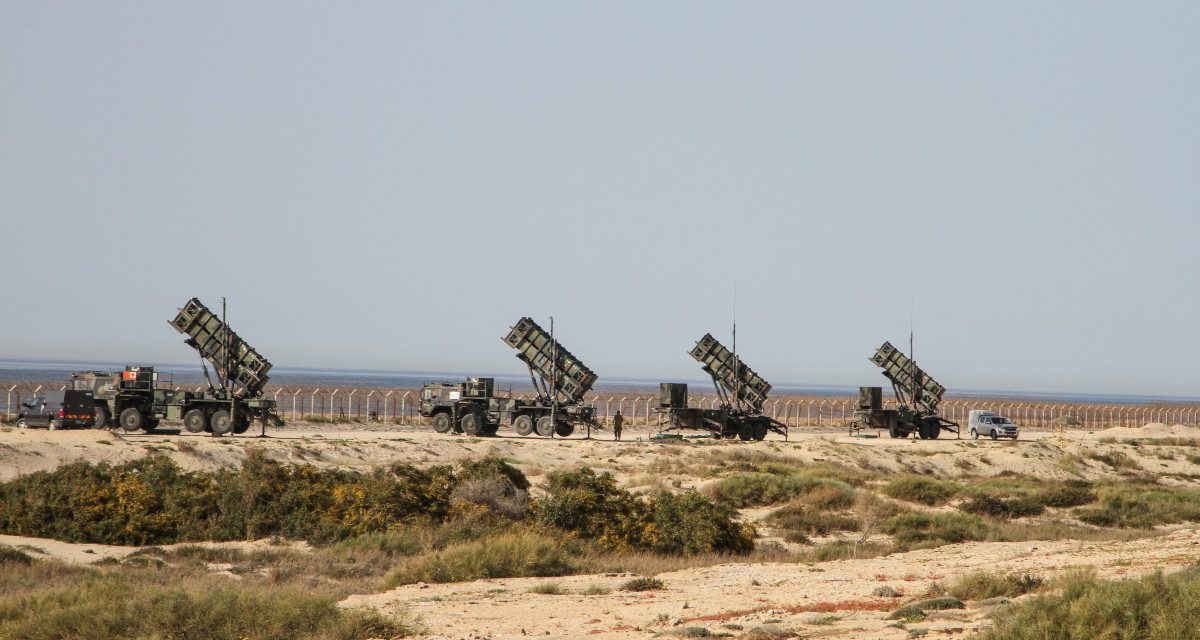When Iran launched more than a hundred ballistic missiles, dozens of cruise missiles, and at least 150 drones at Israel over the weekend, air and missile defenses were quickly called into action. Hours later, the wreckage of almost all of the missiles and drones littered the ground in wide arcs between their launch points in Iran and Yemen and their intended targets. A combination of ground-based systems, sea-launched weapons, and manned aircraft intercepted nearly all of the munitions that didn’t malfunction on their own.
But how does such a successful air and missile defense mission happen? How can such a wide variety of systems, from multiple countries—including Israel, the United States, the United Kingdom, France, and Jordan—be coordinated? What practical deconfliction challenges have to be managed? And what can we learn about combining the wide-ranging capabilities of various weapons into a truly integrated air and missile defense?
This episode addresses those questions and more. In it, John Amble is joined by Tom Karako, the director of the Missile Defense Project at the Center for International and Strategic Studies. He shares his insights into the defense against the Iranian attack and lessons that can be derived from it—lessons that should inform the way the United States and its partners and allies plan and implement defenses against a rapidly evolving air and missile threat.
You can listen to the full episode below. And if you aren’t already subscribed to the MWI Podcast, be sure to find it on Apple Podcasts, Stitcher, or your favorite podcast app so you don’t miss an episode. While you’re there, please take just a moment to leave the podcast a rating or give it a review!
Image credit: Sgt. 1st Class Jason Epperson, US Army

